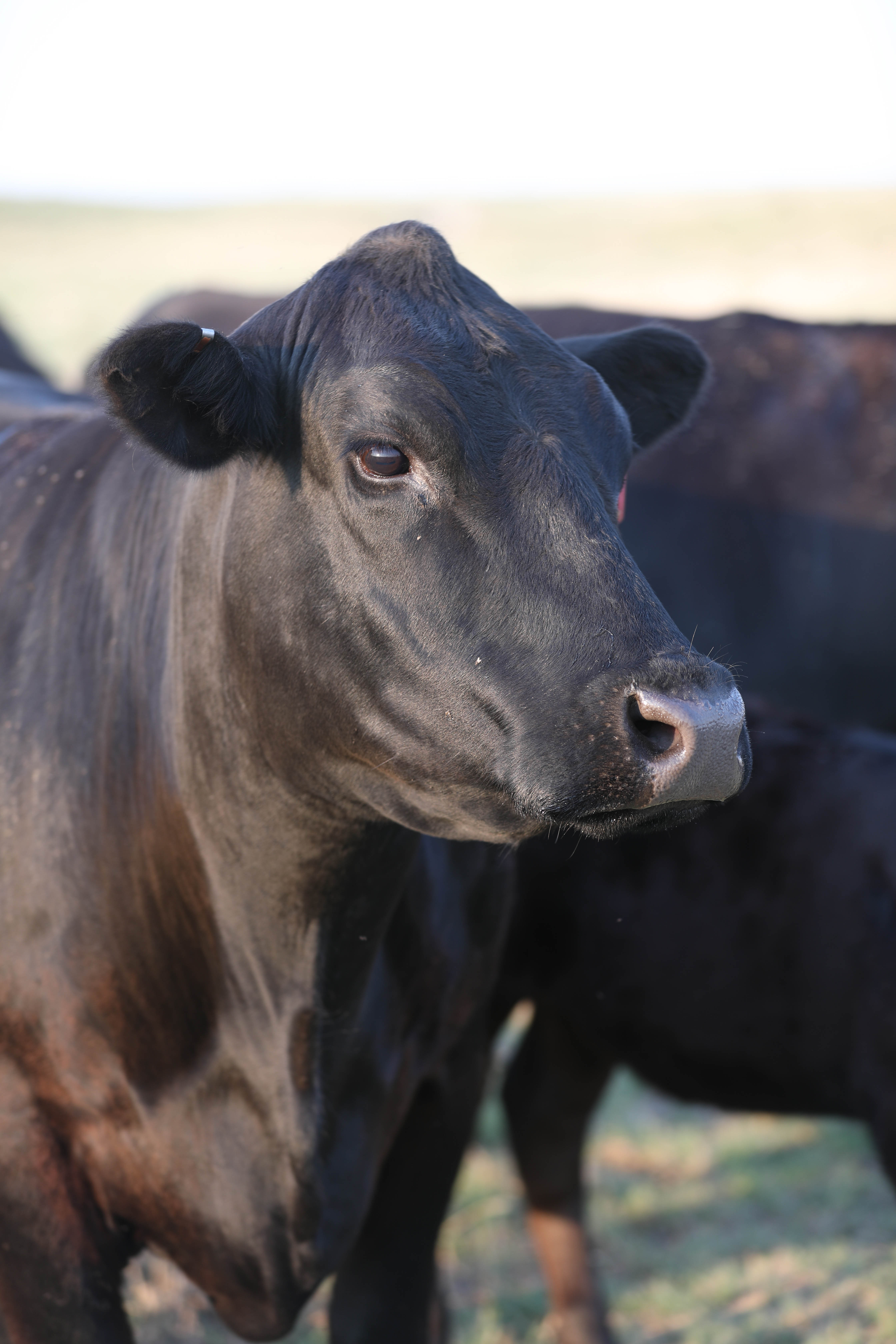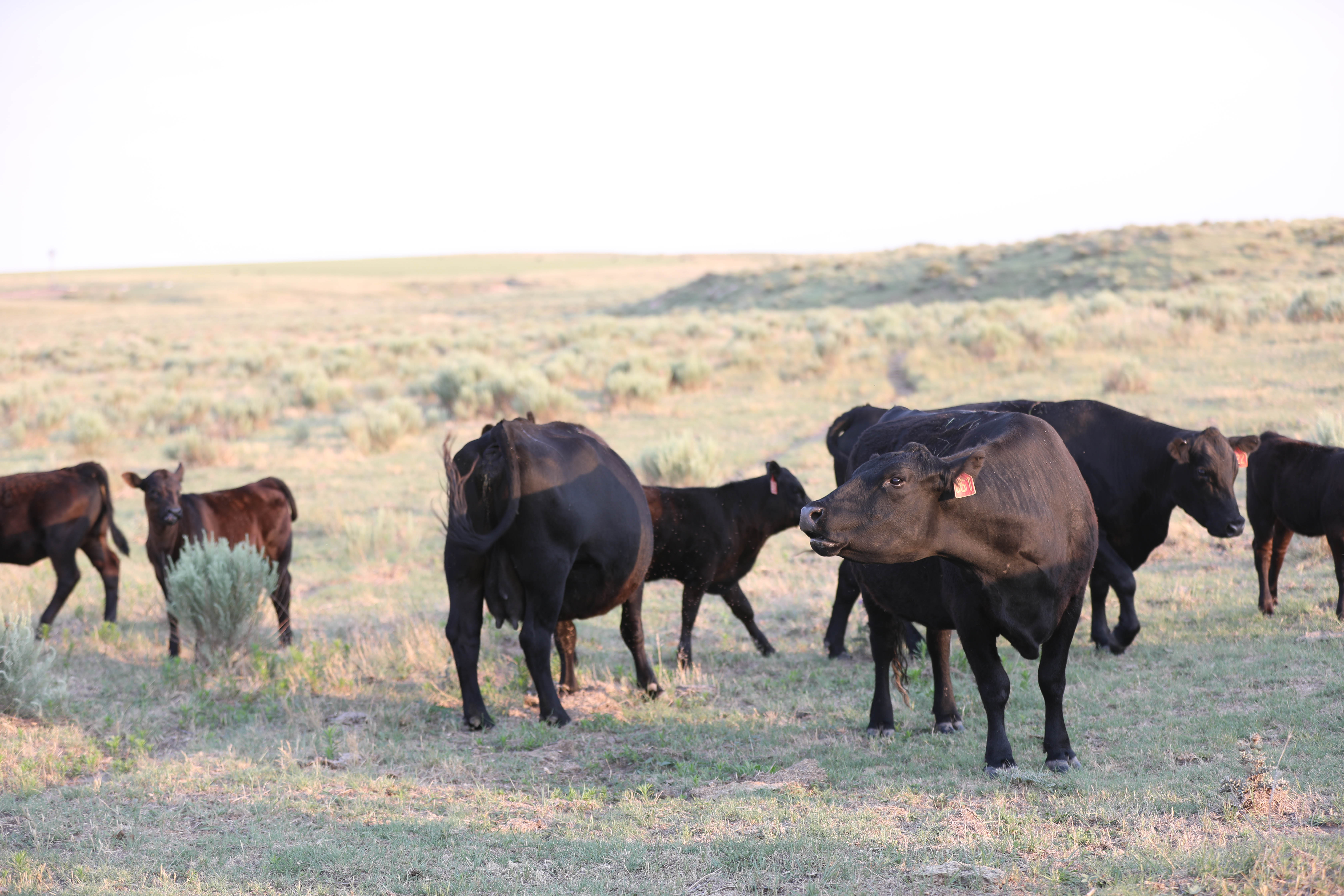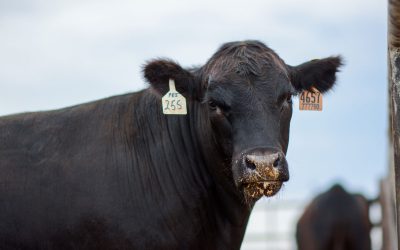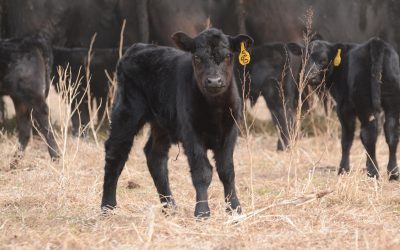
Convenience or performance trait?
by Justin Sexten, Ph.D.
We often consider temperament a convenience trait. Looking for bulls to use, we study pedigrees, pictures, performance data and now videos until we develop a list of prospective herd sires. The final call before bidding: is he docile enough? Replacement heifer candidates will follow a similar pattern with “attitude” a deciding factor after you consider many other traits.
Even if it’s the last thing you think about at decision time, recent work at Texas A&M suggests disposition affects performance at many points in development.
Researchers sorted heifers from the same ranch into excitable and calm groups based on exit speed from the chute after processing. Like most evaluations by default, that sort produced a group of “fast” or excitable heifers. Interestingly, cattle in this experiment were fed in the same pens, so performance was comparable between these groups within the same environment.
Excitable heifers were 72 pounds lighter upon feedyard entry suggesting pre-weaning performance was reduced. That says herd operators at all stages along the production chain could realize benefits from selecting for docile cattle.

On the other hand, building on their heavier feedyard entry weights, the calm heifers gained 12% faster during the growing period. That brought with it an 8% greater feed intake, but feed efficiency still favored the calm heifers. No big surprises there, but how these groups behaved during the feeding period offers new insights.
Excitable heifers went to the bunk as often as their calm pen mates, but they were slower to approach the bunk and then spent 3 minutes less time eating. To speculate just a bit, that could be linked to a greater “flight response.” The study did not get into that aspect, but we can imagine how the excitable set would challenge the best feedyard cowboy to accurately evaluate their health status. Based on performance results, the researchers suggested the use of disposition as a sorting tool—imagine checking the wild bunch every morning.
While many of the cattle were Bos indicus-influenced, performance and behavior results were consistent across breeds. That tells us the excitable, “fast” calves of each breed represented were slower gaining and less efficient. Disposition challenges occur in every breed, yet these data suggest the bottom 15% of all operations, on the average and regardless of breed, may contain relatively “excitable” cattle. Further evaluation should quantify the threshold for “slow enough.” We all know cattle that are faster than seems ideal, but the acceptable range of exit speed or excitability within a herd or group remains undefined.

In the Texas research, performance results extended beyond the feedyard and into the beef supply chain. Calm heifers had more valuable carcasses because they weighed 24 pounds more; they also had larger ribeyes and 8 percentage points more grading Choice. Tenderness didn’t directly contribute to the $56 carcass value advantage of calm heifers, but they did yield more tender steaks across the aging groups of 1, 7 and 14 days following harvest.
These results are consistent with past studies where calm cattle perform better at the feedyard and on the rail than excitable ones. Most of the existing data were on steers, however, and this look at the heifer side makes us think about the traditionally built-in option for a pen of growing heifers. On decision day, we can keep the calm ones with better breeding and performance, but we must keep in mind that the other half probably won’t perform as well for anyone on down the supply chain. Whether you keep most, some or none of your heifers as replacements, that’s more logic to support culling beyond reproductive failure. Keep whittling off the bottom 10% to 15% of the fast ones that may be slowly eroding profitability and consumer demand for the whole beef community.
You may also like
Decide sooner
While many of you are in sire buying mode this time of year, more are deciding whether this year’s bull calves retain the ability to become sires. Castration at birth is ideal, but catching them on day one can be a challenge in extensive operations. Castration at branding or turnout offers a balance between handling ease and minimizing calf stress.
Calving seasons of the mind
Winter came early for much of cow-calf country, and now calving season is at the gate. Even those who call it “spring calving” often start in January, but if you’re not out checking a heifer, this is a good time of year to catch up on reading. Calving dates and “housing” options for the herd were explored in a 2019 Nebraska Beef Report article by Terry Klopfenstein and others, who evaluated March, June, or August calving dates on the range, or two July calving systems in year-round confinement or in semi-confinement with grazed corn stalks from fall to April weaning.
Cause and effect
We sometimes associate cause and effect without knowing the real link, or as an academic buzz phrase has it, “correlation does not equal causation.” A quick search provides a humorous example. Did you know ice cream sales and shark attacks are highly correlated? While true in a broad sense, the actual reason for similar seasonal trends is that hot weather brings greater ice cream consumption as well as more swimming along beaches where sharks lurk.



